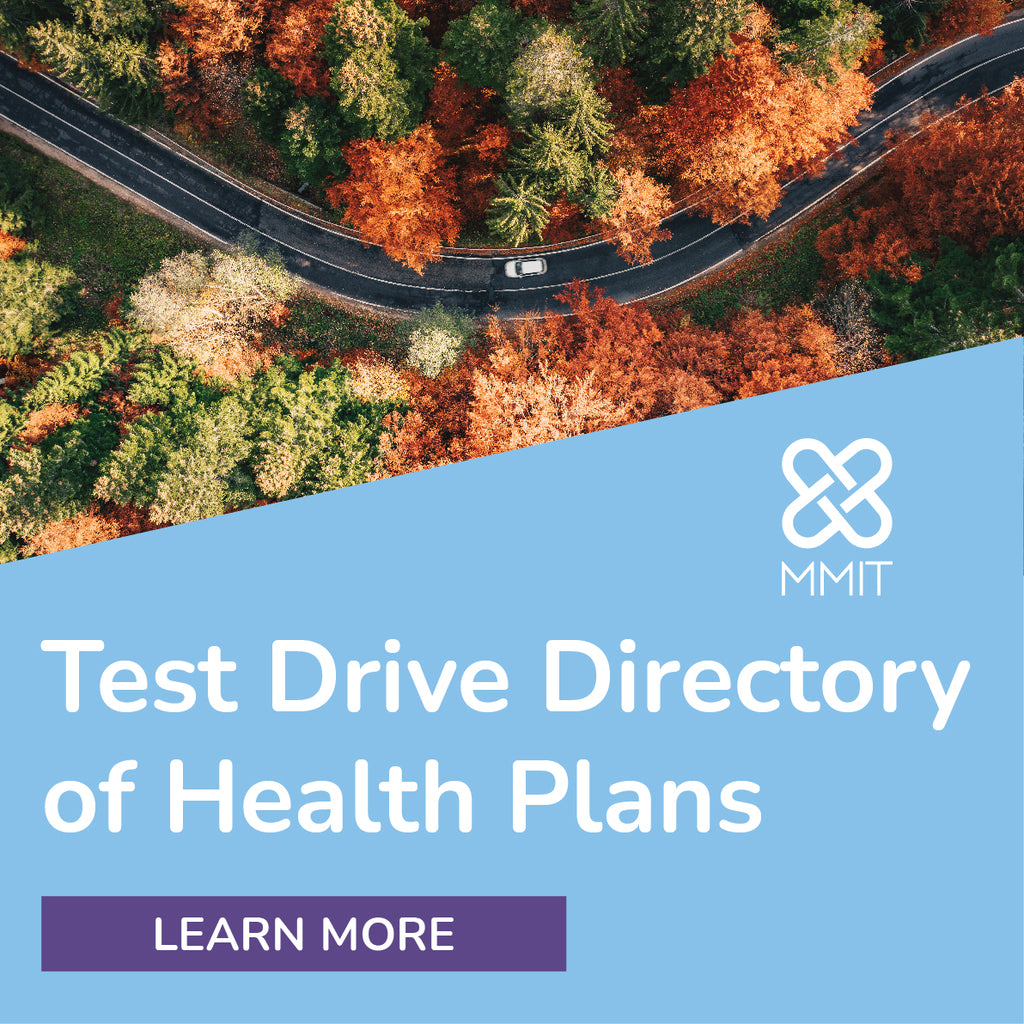Radar on Drug Benefits
-
Will Others Follow CVS Caremark’s Lead and Select a Preferred GLP-1 for Obesity?
CVS Health Corp.-owned Caremark on May 1 announced that the PBM would make Wegovy (semaglutide) the preferred GLP-1 for treating obesity on its largest commercial template formularies, effective July 1. Some other payers, including MassHealth and Point32Health, have also chosen a preferred GLP-1 for obesity, although speakers at a recent Institute for Clinical and Economic Review (ICER) webinar suggested that there are potential drawbacks to this approach, such as having people switch drugs after taking another GLP-1 or weight loss medication.
Prem Shah, a CVS Health executive vice president, told analysts on a May 1 conference call that Caremark’s clients’ “biggest pain point” and “biggest pharmacy trend driver” has shifted from the high cost of specialty medications to the increased demand and cost of GLP-1s. He added that about one-third of Caremark’s customers have chosen not to cover GLP-1s for obesity due to affordability concerns.

-
Michigan Case Against Prime, Express Scripts May Spark New Line of Anti-PBM Suits
Since 2019, Prime Therapeutics has tapped The Cigna Group’s Express Scripts to handle contracting negotiations with retail pharmacies, utilizing the larger PBM’s market power to get better deals for Blue Cross Blue Shield-owned Prime. But in a new lawsuit — which could be the first of many — Michigan’s attorney general argues that the Prime/Express Scripts arrangement is anticompetitive.
Prime argues that its network lease agreement is both legal and helps it manage costs for clients and patients. And Express Scripts says it will “vigorously defend” itself against the allegations.

-
Arkansas Law, GLP-1s Are Hot Topics During Major PBMs’ Earnings Calls
The first-quarter earnings calls held by the parent companies of the country’s three largest PBMs featured discussion about Arkansas’ new PBM law and developments related to GLP-1 medications, among other topics. Executives at UnitedHealth Group, The Cigna Group and CVS Health Corp. questioned the intent of the Arkansas law and the overall “obsession” with PBMs.
The law, signed by Gov. Sarah Huckabee Sanders (R) on April 16, bars companies that own PBMs from also owning or operating pharmacies in the state, including retail, mail order and specialty pharmacies. While the law affects all the “Big Three” PBMs — UnitedHealth’s Optum Rx, CVS Caremark and Cigna’s Express Scripts — CVS stands to lose all its retail pharmacy business in the state when the law takes effect on Jan. 1, 2026.

-
Waiving Part D Drug Copays Improves Medication Adherence, Report Shows
Removing Medicare Part D copay amounts for low-income beneficiaries significantly enhanced medication adherence, according to a Wakely report. As the CMS Center for Medicare and Medicaid Innovation ends the Value-Based Insurance Design (VBID) model later this year, these findings highlight the “compelling need for both state and federal policymakers to explore new strategies or incentives that enable MAOs to continue offering similar benefits” and improve outcomes to members with specific socioeconomic statuses, Wakely observed.
Beginning in 2021, Medicare Advantage plans were allowed to waive Part D cost-sharing amounts for select members through the VBID model. As of 2025, 62 MA organizations are offering that benefit for their Dual Eligible Special Needs Plan (D-SNP) members. D-SNP members who were eligible for the benefit had $0 copays on all covered drugs, through all phases of coverage.

-
News Briefs: Kennedy Reveals 35 States Will Participate in Cell and Gene Therapy Model
HHS secretary Robert F. Kennedy Jr. on April 25 revealed that 35 states signed up for CMS’s Cell and Gene Therapy (CGT) Access Model, Endpoints reported. The CGT model is set to launch this year and will include two high-cost sickle cell disease gene therapies that were approved in December 2023: Casgevy (exagamglogene autotemcel), and Bluebird Bio Inc., the manufacturer of Lyfgenia (lovotibeglogene autotemcel). Vertex Pharmaceuticals Inc. and CRIPSR Therapeutics, the manufacturers of Casgevy, and Bluebird Bio Inc., the manufacturer of Lyfgenia, both agreed in December to participate in the model and strike outcomes-based agreements with CMS. Kennedy said that the number of states participating in the voluntary model was “unprecedented” and added it was a “real win-win” for states and sickle cell patients. The Trump administration in March canceled other CMS models, including the Medicare $2 Drug List that the Biden administration had proposed.
A judge in Mississippi placed a temporary restraining order on CVS Health Corp., GoodRx and Inside Rx, stopping them from forcing independent pharmacies to accept drug discount cards, the Magnolia Tribune reported. Mississippi Attorney General Lynn Fitch (R) said in a statement that “for years Mississippi’s independent pharmacies have been forced to take artificially low reimbursements because the PBMs have used their influence and leverage to effectively force non-negotiable contracts on them.” Inside Rx, a drug discount company, told the Magnolia Tribune that the allegations “are false” and said pharmacies are not required to accept the Inside Rx discount card.












